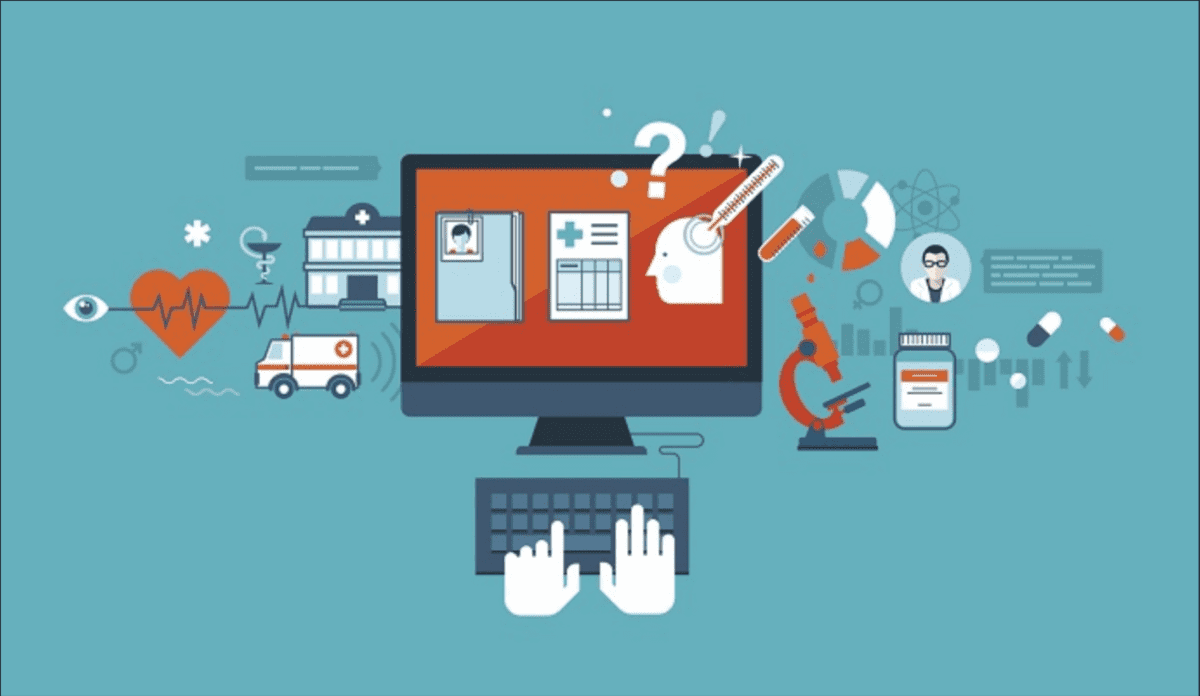In the realm of healthcare administration, the implementation of the International Classification of Diseases, 10th Revision (ICD-10) has brought about significant changes in medical coding practices, with profound implications for medical billing processes. This monumental shift has not only expanded the code set but also introduced new complexities and challenges to the medical billing landscape. In this blog post, we’ll delve into the impact of ICD-10 coding on medical billing and explore how healthcare providers are navigating this transformative change.
Understanding ICD-10 Coding
First introduced by the World Health Organization (WHO) in 1992, ICD-10 is a standardized system for classifying diseases, disorders, injuries, and other health-related conditions. The transition from the previous iteration, ICD-9, to ICD-10 marked a significant expansion in code complexity and granularity, with ICD-10 encompassing more than 155,000 codes compared to approximately 14,000 in ICD-9. This expanded code set allows for more detailed and precise documentation of patient diagnoses and procedures.
Enhanced Specificity and Accuracy
One of the primary benefits of ICD-10 coding is enhanced specificity and accuracy in documenting patient diagnoses and procedures. The increased granularity of ICD-10 codes enables healthcare providers to capture detailed clinical information, leading to more accurate and comprehensive documentation of patient conditions and treatments. This specificity facilitates more precise coding, resulting in improved accuracy in medical billing and claims submission.
Challenges and Complexity
While ICD-10 coding offers benefits in terms of specificity and accuracy, it also introduces new challenges and complexities to medical billing processes. The expanded code set requires healthcare providers to navigate a broader range of codes, each with its own unique nuances and requirements. Proper code selection and documentation become paramount to ensure compliance with coding guidelines and regulations, minimizing the risk of claim denials and reimbursement delays.
Training and Education
The transition to ICD-10 coding necessitates ongoing training and education for healthcare providers, coding professionals, and billing staff. Training programs and resources are essential to familiarize stakeholders with the intricacies of ICD-10 coding, coding conventions, and documentation requirements. Continuous education ensures that providers and staff remain proficient in coding practices, minimize errors, and optimize revenue cycle management in the post-ICD-10 era.
Impact on Revenue Cycle Management
ICD-10 coding has a significant impact on revenue cycle management for healthcare providers. The transition requires adjustments to coding workflows, billing processes, and revenue cycle strategies to accommodate the expanded code set and increased documentation requirements. Healthcare organizations must invest in technology solutions, such as electronic health records (EHR) and coding software, to support efficient coding and billing practices and mitigate potential revenue disruptions.
Conclusion
In conclusion, the transition to ICD-10 coding has fundamentally transformed medical billing practices, introducing enhanced specificity, accuracy, and documentation requirements to the healthcare industry. While ICD-10 offers benefits in terms of improved clinical documentation and coding precision, it also presents challenges and complexities for healthcare providers and billing professionals. By investing in training, education, and technology solutions, healthcare organizations can navigate the complexities of ICD-10 coding, optimize revenue cycle management, and ensure compliance with coding regulations in the ever-evolving landscape of healthcare administration.





